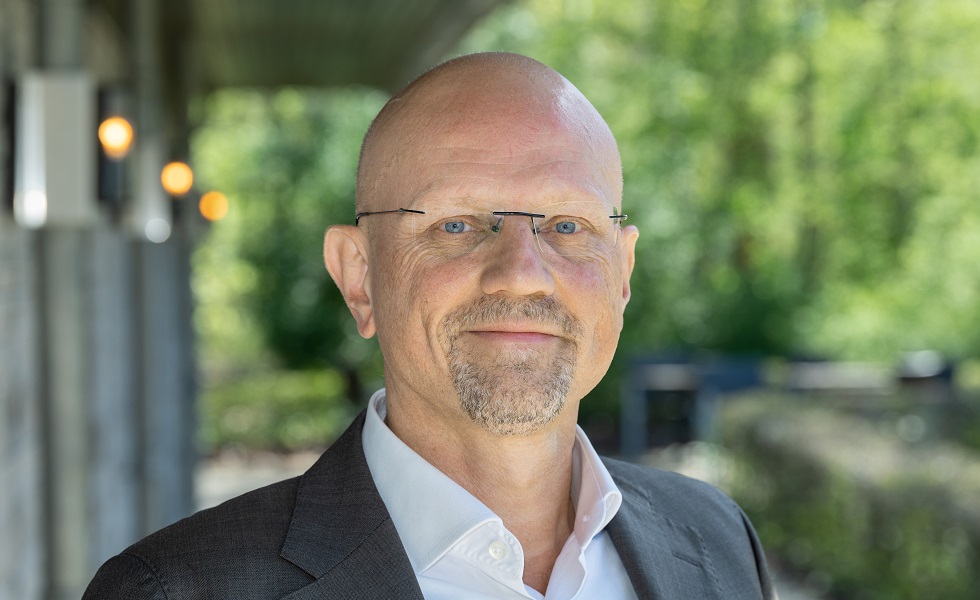Harry Geels: Disruptive left-right frame almost impossible to eradicate

This column was originally written in Dutch. This is an English translation.
By Harry Geels
The political debate remains trapped in an outdated left-right frame. This simplistic label obscures real differences, reinforces polarization, and provides an incomplete picture of Dutch politics.
The elections are coming up again, which always sparks a lot of debate. The political landscape is stubbornly divided into left-wing and right-wing parties. Due to polarization, nuanced “right-wing” people are quickly dismissed as “far-right.” An unnamed columnist even refers to right-wing people as “stupid right” (domrechts), implying that only stupid people would be “right-wing.” And moderate “left-wing” people are just as quickly labeled as “far-left.” Those in the middle are often seen as “cowards.”
Two reasons why the left-right frame is flawed
One of the consequences of the crippling left-right frame is that today it has a polarizing effect. Yet the frame itself no longer even fits reality. First, there are multiple dimensions along which political movements can be measured. As the figure below shows, two dimensions in particular are relevant: parties either focus primarily on their own norms, values, and culture (more nationalist parties), or they lean more on supranational organizations with a globalist agenda.
Figure: Political currents

The second dimension is a continuum, with on the far left a society completely determined by the government, and on the far right a society in which the government plays the smallest possible role. Think communism versus a fully free, liberal state. The PVV is positioned in the upper-left quadrant. If one insists on applying a frame, the PVV is actually “left” (rent controls, energy price caps, no market forces in healthcare, etc.).
The second complication with the left-right frame involves shifting views as a result of world events. New crises such as wars, pandemics, inequality, and climate change prompt political movements to reposition themselves, adjust their visions, and prioritize different interests. For example, “the left” used to position itself against (government) institutions; nowadays, these institutions are seen as forces through which the socialist agenda can be realized.
Five hypotheses for the persistence of the left-right frame
Why do so many commentators continue to use the labels left-right or far-left/far-right, while a less polarizing debate would benefit from naming parties based on their ideological current—for example, globalist-liberal D66 or progressive Christian democratic CU? Incidentally, if for practical reasons we still need the left-right division—say, for dividing up seats in parliament—I would choose to classify the parties in the left-hand quadrants as “left.”
Broadly speaking, five hypotheses can be formulated as to why the left-right frame persists:
-
Cognitive simplicity: People like to think in binary, one-dimensional terms. Thinking in two dimensions is an intellectual challenge for many.
-
Media attention: Media use the left-right frame to grab attention. A more nuanced categorization is less sensational and generates fewer clicks.
-
Upbringing and education: If we are raised and educated within the left-right frame, it is difficult to break free from it. To overcome the frame, education would need to change.
-
Emotional drivers: Politics is more identity-driven than based on the rules of logic. Labels such as “far-left” and “far-right” activate tribal instincts, allowing people to take shelter in camps.
-
Effect of repetition: The left-right frame is used so frequently that people tend to accept it as normal or true. A well-known quote—often (without reliable source) attributed to Joseph Goebbels—says: “If you repeat a lie often enough, people will eventually believe it.” In cognitive bias theory, this is known as the “illusory truth effect,” which advertising and propaganda exploit.
Conclusion
Taken together, these hypotheses suggest that breaking through the left-right frame will not be easy. But we should take small steps. If we truly want a less polarized debate, the media, education system, and politicians must move away from simplistic labels such as “far-left” or “far-right” and adopt a multi-layered classification. It is time to understand the political landscape in two dimensions: the degree of governmental power and the orientation toward national or supranational values.
This article contains the personal opinion of Harry Geels
